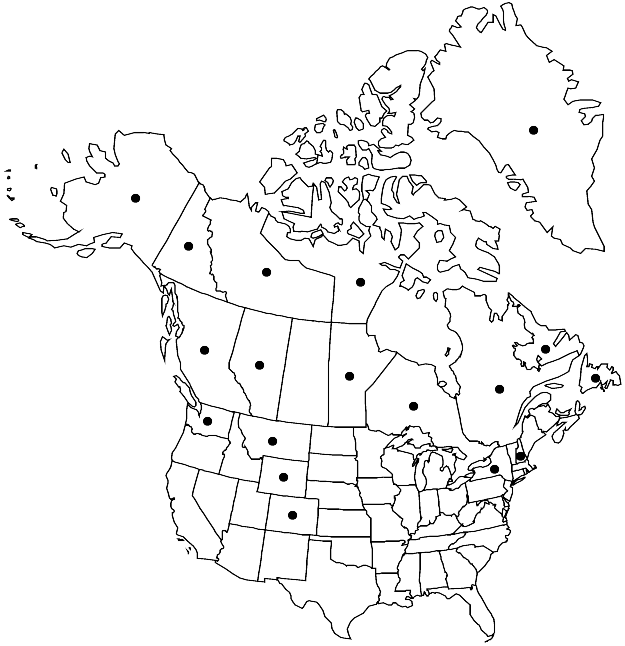Difference between revisions of "Sarmentypnum sarmentosum"
Ann. Bot. Fenn. 16: 223. 1979.
imported>Volume Importer |
imported>Volume Importer |
||
| Line 70: | Line 70: | ||
|publication year=1979 | |publication year=1979 | ||
|special status= | |special status= | ||
| − | |source xml=https:// | + | |source xml=https://bitbucket.org/aafc-mbb/fna-data-curation/src/2e0870ddd59836b60bcf96646a41e87ea5a5943a/coarse_grained_fna_xml/V28/V28_631.xml |
|genus=Sarmentypnum | |genus=Sarmentypnum | ||
|species=Sarmentypnum sarmentosum | |species=Sarmentypnum sarmentosum | ||
Latest revision as of 21:37, 5 November 2020
Plants medium-sized, with red or dark red secondary pigment, sometimes green. Stems with branch and shoot apices not pencil-like; epidermal cells not widened; axillary hair distal cells 1–4(–5), hyaline when young. Stem leaves oblong, ovate, or narrowly ovate, ± abruptly narrowed to apex, straight, concave; base not or hardly decurrent; margins entire or nearly so; apex rounded- or acute-apiculate; costa ending 4/5 to nearly entire leaf length; alar region gradually passing into strongly incrassate cells near costa.
Habitat: Intermediately mineral-rich fens, around springs, late snow beds, submerged in lakes
Elevation: low to high elevations (0-4000 m)
Distribution

Greenland, Alta., B.C., Man., Nfld. and Labr., N.W.T., Nunavut, Ont., Que., Yukon, Alaska, Colo., Mont., N.H., N.Y., Wash., Wyo., South America, Eurasia, e Africa, Pacific Islands (New Zealand, Papua New Guinea), Australia, Antarctica.
Discussion
Sarmentypnum sarmentosum is distinguished by the oblong or ovate stem leaves suddenly narrowed to rounded- or acute-apiculate apices. The apiculus is most distinct in young leaves and is rarely completely absent, but may be eroded in older leaves. The species could be confused with species of Calliergon, which are larger, have broader leaves, and never have a clear red color, or with Straminergon stramineum, which is never red and lacks an apiculus. Straminergon stramineum is more sparsely branched (sometimes unbranched) than Sarmentypnum sarmentosum, and the alar regions are ovate or broadly ovate in Straminergon, transversely triangular in S. sarmentosum.
Selected References
None.